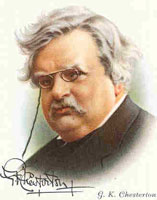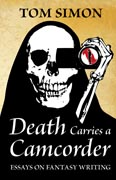In stories, as I have said before, the substance – the events of the story – is the payload, and style is the rocket that delivers it to its target. The same is true, mutatis mutandis, in the other arts. More than fifty years ago, Clint Ballard Jr. created a payload that is still hitting targets today: a three-minute poison-pen letter in rhythm & blues form, called ‘You’re No Good’. It was recorded in a fairly pedestrian R & B style by Dee Dee Warwick, the younger and lesser-known sister of Dionne Warwick, and subsequently by Betty Everett, the Swinging Blue Jeans, and divers other artistes.
But it was Linda Ronstadt who built the rocket that was truly fit to put it in orbit and rain its astringent soul upon the world. Ronstadt belonged firmly to the singer-songwriter tradition that was strongly en vogue in the 1970s, and her version is fuelled by, well, Linda Ronstadt. Her vocal performance delivers the raw emotion that the song demands, refined through the filter of her great musical skill and showmanship. Others before her had sung the song; Ronstadt sold it.
But there is more than one way to build a rocket. Twenty years later, Aswad, a British reggae band heavily influenced by American soul music, recorded their own version of ‘You’re No Good’. I happened to hear it for the first time last night, and was struck by the unexpected power of the recording. The sound is as lush as a Turkish bordello; about fifteen layers of flavoured syrup poured over a base of crystallized honey. It ought to be unbearably cloying. But it is all done in the service of the song; the rocket is built precisely for its payload. Where Ronstadt gave us a show of emotional sincerity, Aswad’s vocalists deliver the words with authority and gravitas, with thick layers of musicianship to make the bitter pill palatable.
When you hear Linda Ronstadt sing ‘You’re No Good’, you feel that you have been told off. When you hear Aswad, you have simply been told: not with bitterness or rancour, but with the finality of a magistrate passing sentence. That, at any rate, was my reaction. I encourage you to judge for yourself:
But there is something rather odd in being told with magisterial finality that you are no good. It may be utterly sincere, but it is not true. This is a point that I should like to go into, for it is a matter of unexpected controversy.
[Read more…]








Recent Comments